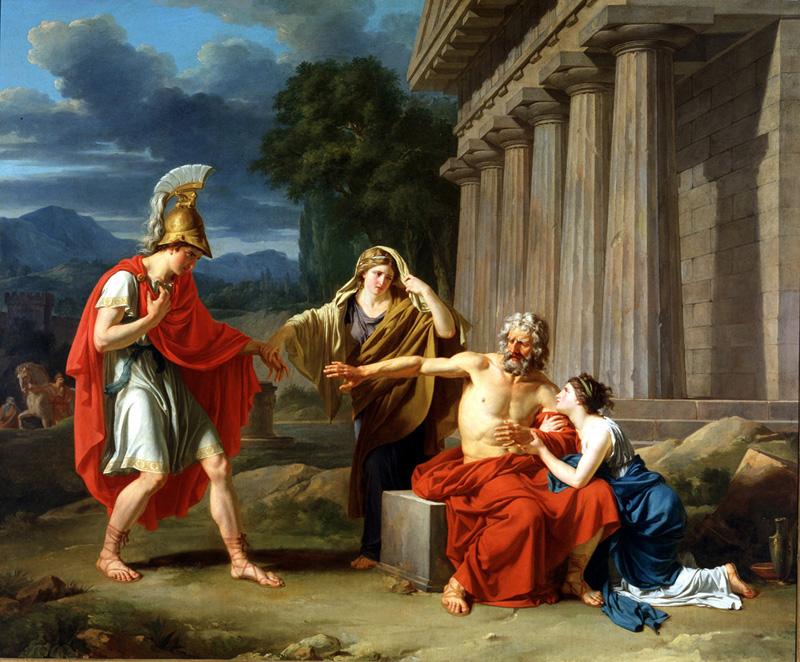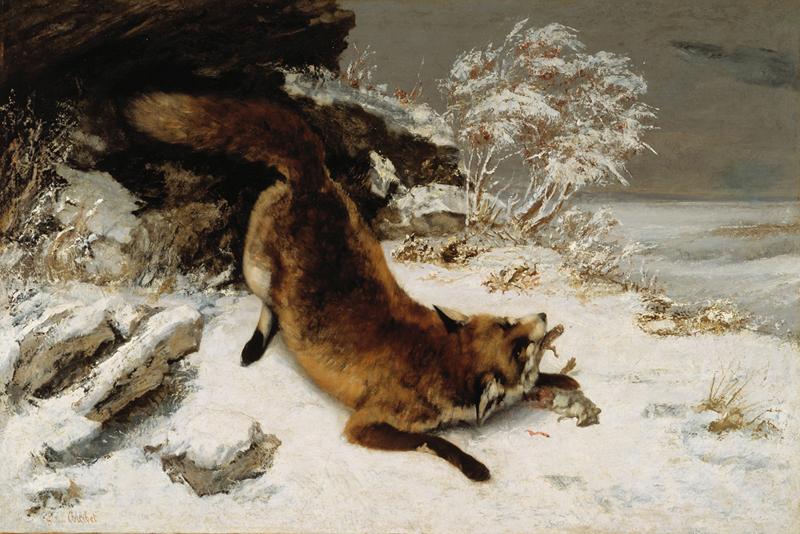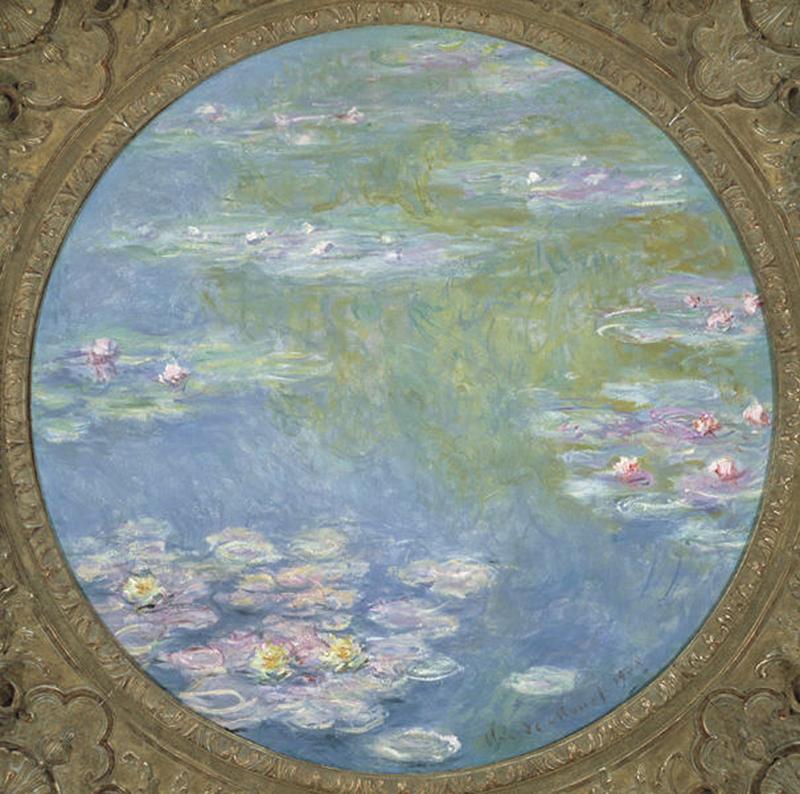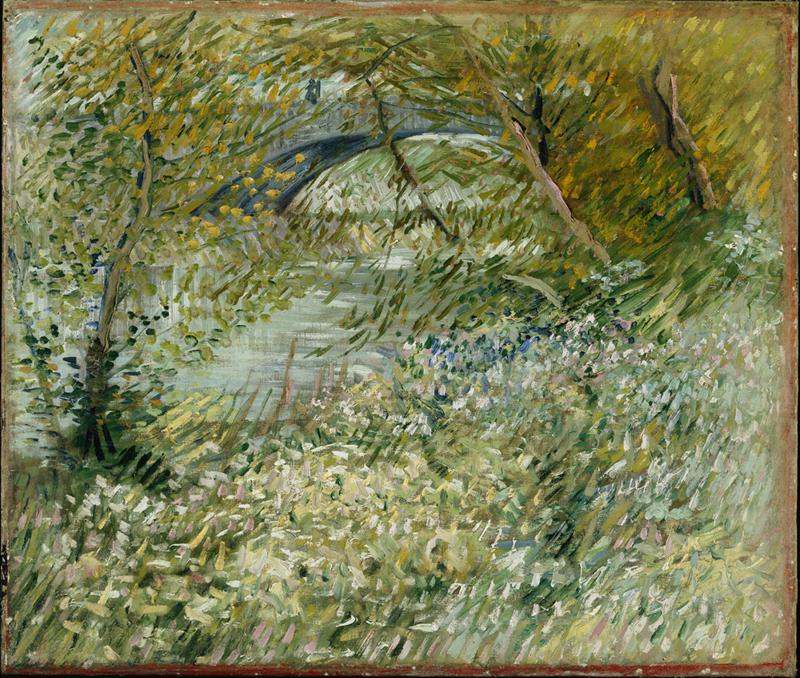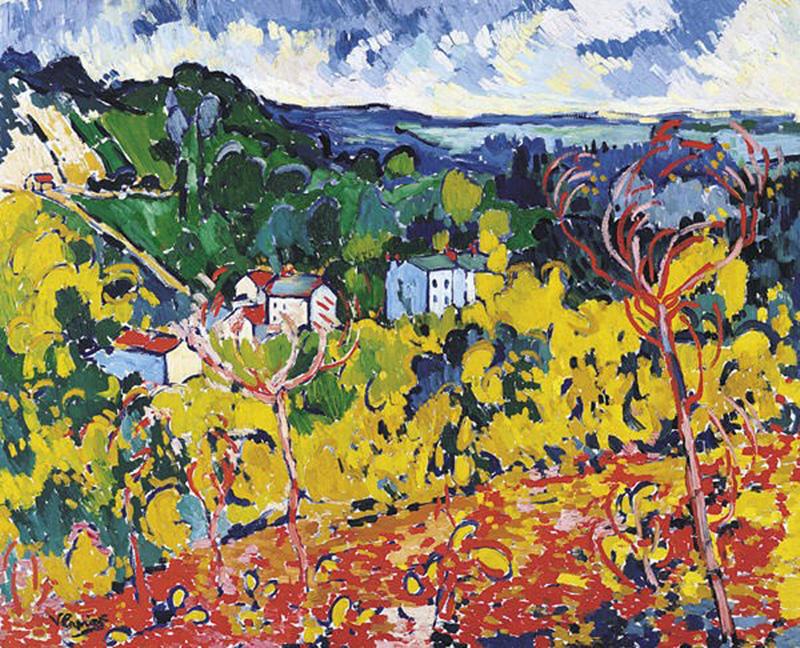Last month, our docents were trained on the various art historical “isms” of the 19th and early 20th centuries. Listening to that lecture reminded me what a great collection we have for examining the breadth of art history. I encourage you to visit the Museum with your students to help bring their textbook to life in the galleries.
Here are some of my favorite examples of various isms from our collection.
Neo-Classicism: Jean Antoine Theodore Giroust, Oedipus at Colonus, 1788
Romanticism: Joseph Mallord William Turner, Bonneville, Savoy, 1803
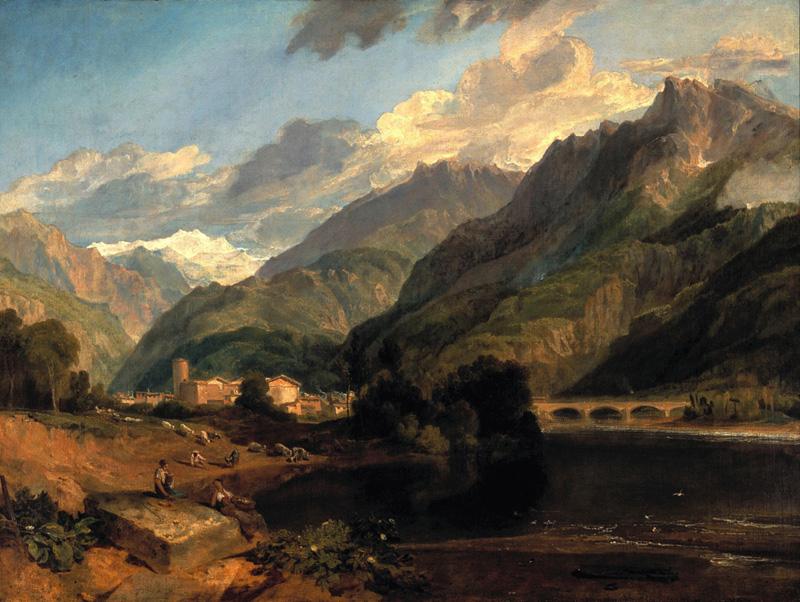
Dallas Museum of Art, Foundation for the Arts Collection, gift of Nancy Hamon in memory of Jake L. Hamon with additional donations from Mrs. Eugene D. McDermott, Mrs. James H. Clark, Mrs. Edward Marcus and the Leland Fikes Foundation, Inc., 1985.97.FA
Realism: Gustave Courbet, Fox in the Snow, 1860
Impressionism: Claude Monet, Water Lilies, 1908
Post-Impressionism: Vincent van Gogh, River Bank in Springtime, 1887
Fauvism: Maurice de Vlaminck, Bougival, c. 1905
Cubism: Pablo Picasso, Bottle of Port and Glass, 1919
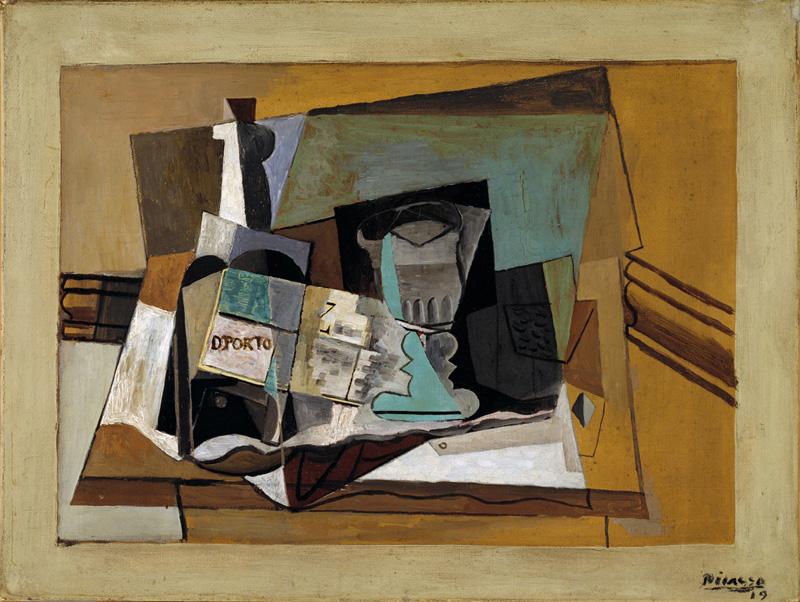
Dallas Museum of Art, Museum League Purchase Fund, The Cecil and Ida Green Foundation, Deedie and Rusty Rose, The Pollock Foundation, Mary Noel Lamont and Bill Lamont, Mr. and Mrs. Thomas O. Hicks, Howard E. Rachofsky, an anonymous donor, Mrs. Charlene Marsh in honor of Tom F. Marsh, Gayle and Paul Stoffel, Mr. and Mrs. George A. Shutt, Dr. Joanne Stroud Bilby, Mr. and Mrs. Barron U. Kidd, Natalie H. (Schatzie) and George T. Lee, Mr. and Mrs. Jeremy L. Halbreich, Dr. and Mrs. Bryan Williams, and Mr. and Mrs. William E. Rose, 1998.73
What other examples do you use to illustrate these art historical movements in your classroom?
Shannon Karol
Manager of Docent Programs and Gallery Teaching
